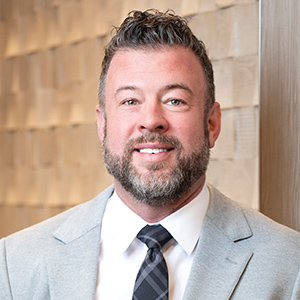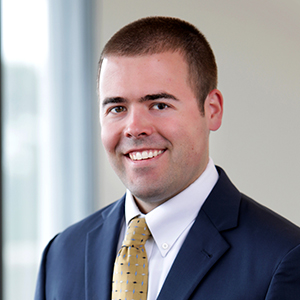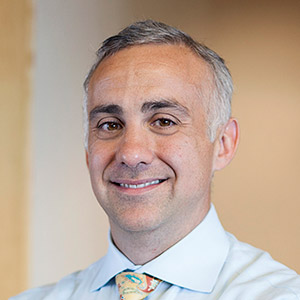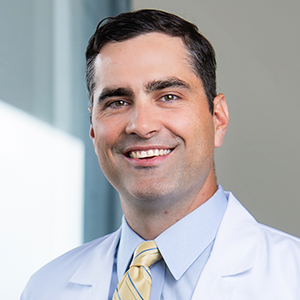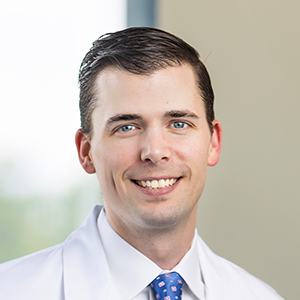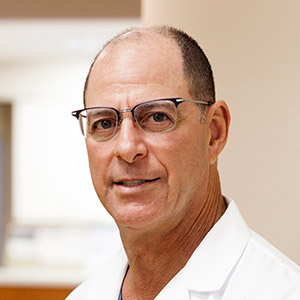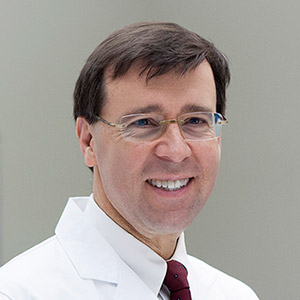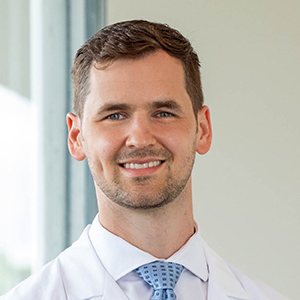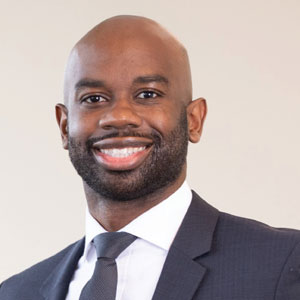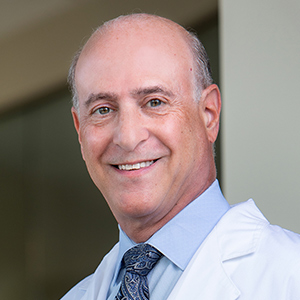Almost everyone, at some point in their life, will have an episode of neck or back pain. It is one of the most common medical problems seen by emergency room and primary care doctors. The good news is that most of the time, these neck and back episodes are self-limited, or temporary. They generally get better on their own, though some episodes may last longer than others.
Back, Neck & Spine
BACK, NECK AND SPINE OVERVIEW
COMMON BACK, NECK AND SPINE CONDITIONS
Over 90% of the time, back and neck problems can improve without aggressive treatment; simply managing the symptoms during an episode may suffice. The pain often responds simply to modifying activities, avoiding actions that trigger the pain, taking an over-the-counter anti-inflammatory, and rest. Physical therapy, home exercises, stretching and short-term medications are sometimes recommended as well. Although the initial pain may be severe, it is very likely that neck and back issues will eventually resolve on their own, ranging from days to months. On occasion, the pain may reoccur; a nonaggressive treatment protocol will often help once again.
Nerve pinching pain (Radiculopathy)
A painful, yet fairly common problem that people can have is nerve pinching pain, or radiculopathy. In the lower back, it can also be referred to as a herniated disc, or sciatica, when pain also radiates down the leg. The overwhelming majority of pinched nerve episodes will get better without aggressive treatment and will respond well to the conservative protocol of anti-inflammatories, behavior modifications, and physical therapy. On occasion, this type of injury might require more aggressive interventions if numbness, tingling, or weakness is involved. If so, your doctor will proceed with advanced imaging (MRI) of the cervical and lumbar spine, depending on what part of the body is affected. If a pinched nerve is found, patients can be referred for further non-operative care such as epidural injections or cortisone shots in the back.
If all conservative efforts fail to relieve a patient’s pain, they might qualify for surgical intervention. Two commonly performed procedures include a microdiscectomy for the spine, which is minimally invasive and can often be done on an outpatient basis, and a fusion for the neck, which stabilizes bones (vertebrae). These types of procedures have an 85-90% success rate in relieving radiating pain, often immediately.
Sciatica
Sciatica pain is caused by an irritation, inflammation, pinching or compression of a nerve in the lower back. Sciatic pain may result from the general wear and tear of aging (arthritis) or any sudden pressure on the disks that cushion the bones of your lower spine. Pain can occur anywhere along the path of the sciatic nerve – from the lower back, through the hips, buttocks, and/or down the legs.
Sciatica pain can feel sharp, electrical, or burning, and can last for weeks before it goes away. It can also cause muscle weakness, “pins and needles” numbness, or a tingling sensation down your leg.
The condition usually heals itself, given sufficient time and rest. Approximately 80 to 90% of patients with sciatica get better over time without surgery, typically within several weeks if the underlying cause is a herniated disk. If the nerve compression is due to bone spurs and spinal stenosis, nonoperative treatment is less successful, but there is still a good change for improvement.
Herniated disk
Sometimes called a slipped, bulging, or ruptured disk, a herniated disk is a condition that can occur anywhere along the spine, but most often occurs in the lower back. When a herniated disk bulges out toward the spinal canal, it puts pressure on sensitive spinal nerves, causing pain.
Although a herniated disk can be very painful, most people feel much better with just a few weeks or months of nonsurgical treatment. Initial treatment may include:
– 1-2 days of bed rest
– Nonsteroidal anti-inflammatory drugs such as ibuprofen or naproxen
– Physical therapy
– Epidural steroid injection
Only a small percentage of patients with lumbar disk herniation require surgery. Spine surgery is typically recommended only after a period of nonsurgical treatment has not relieved painful symptoms.
Surgery
If all conservative efforts fail to relieve a patient’s pain, they might qualify for surgical intervention. Two commonly performed procedures include a microdiscectomy for the spine, which is minimally invasive and can often be done on an outpatient basis, and a fusion for the neck, which stabilizes bones (vertebrae). These types of procedures have an 85-90% success rate in relieving radiating pain, often immediately.
BACK, NECK AND SPINE DOCTORS & SURGEONS
If you are suffering from any type of neck or back pain, our leading orthopedic doctors are here to help. From conservative treatments to surgical interventions, our physicians will do everything they can to provide you with relief.
Please click on an image below to learn more about that physician and their experience with spine, neck, and back treatments and surgical options.
